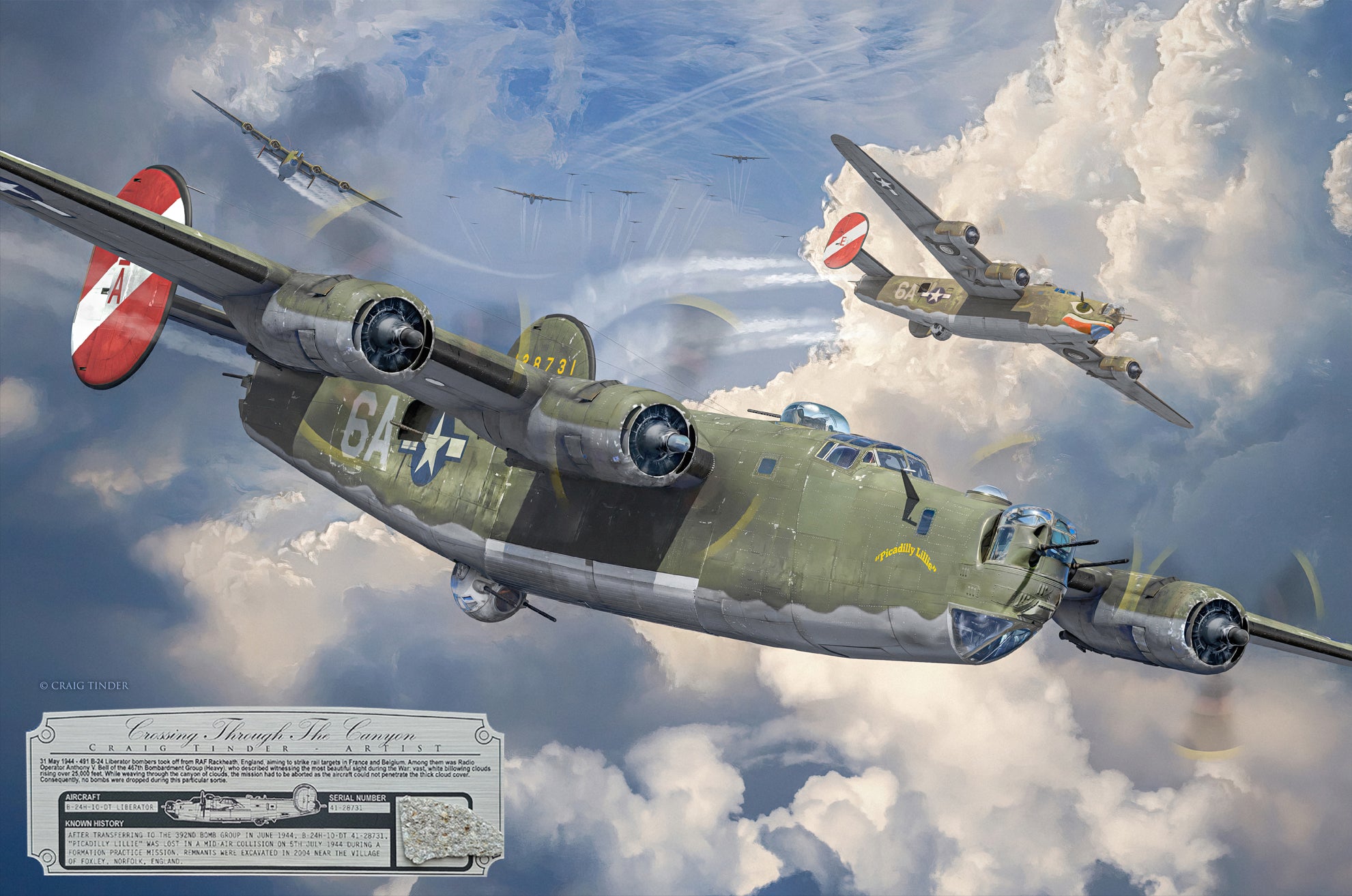
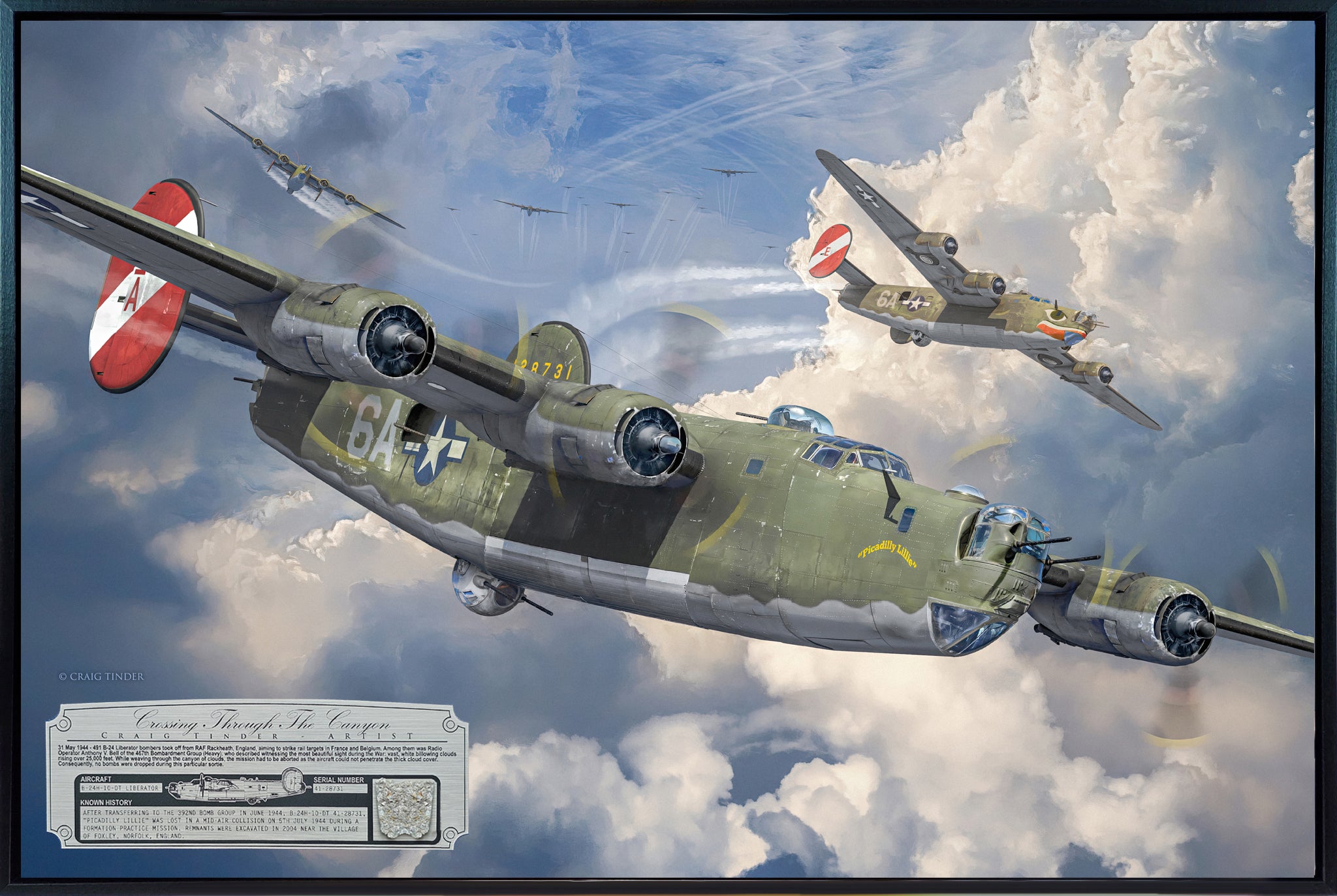
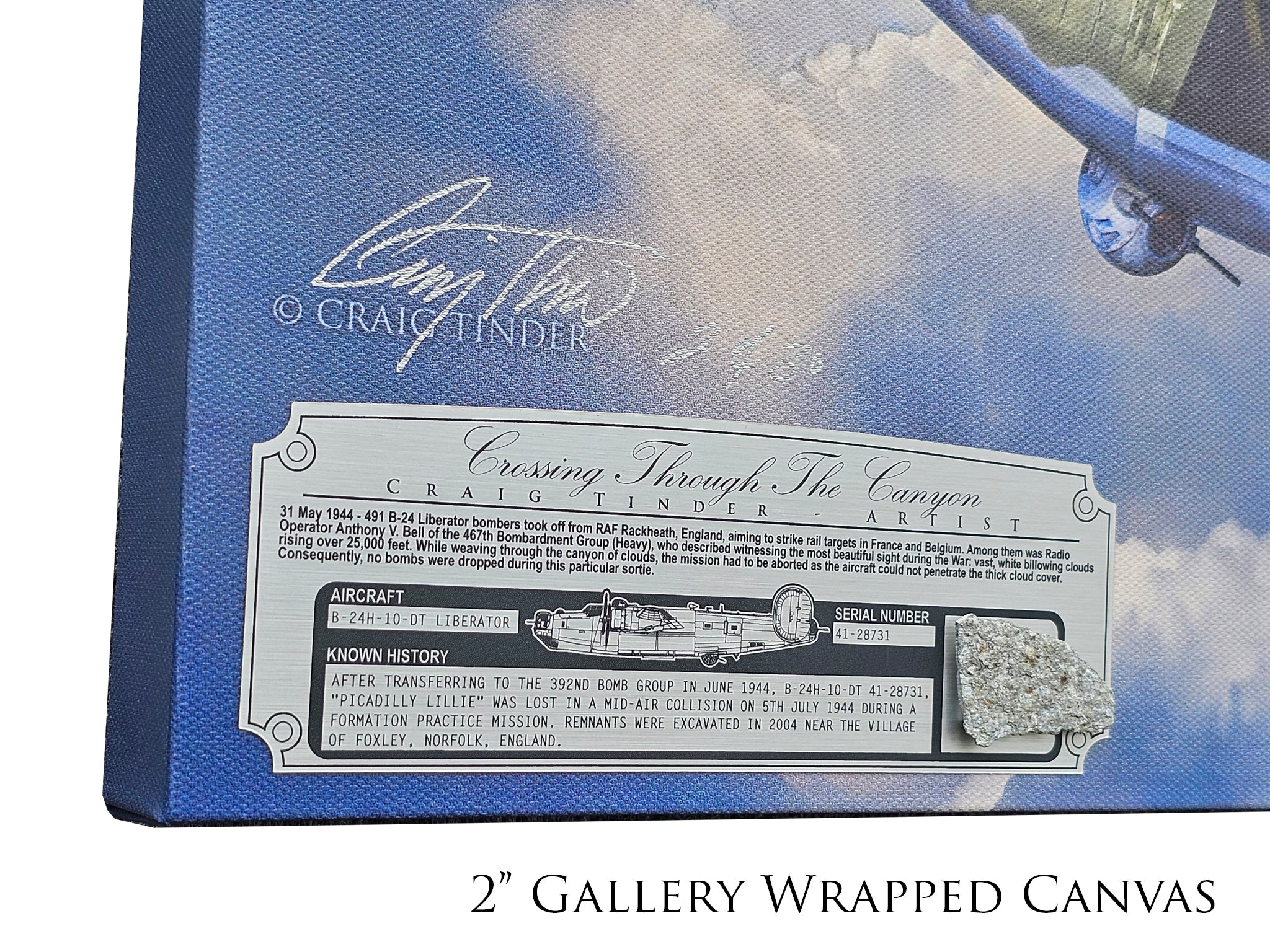
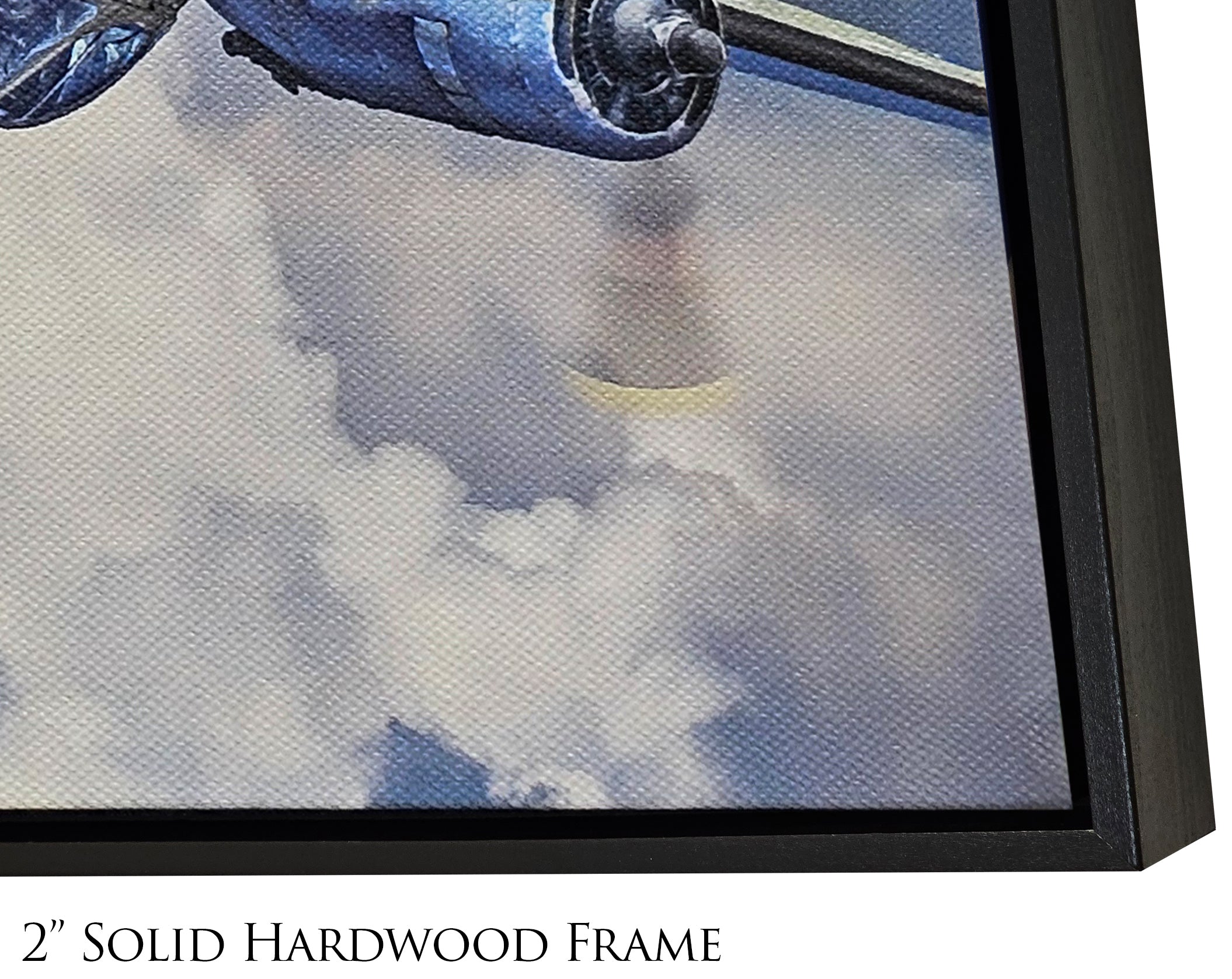

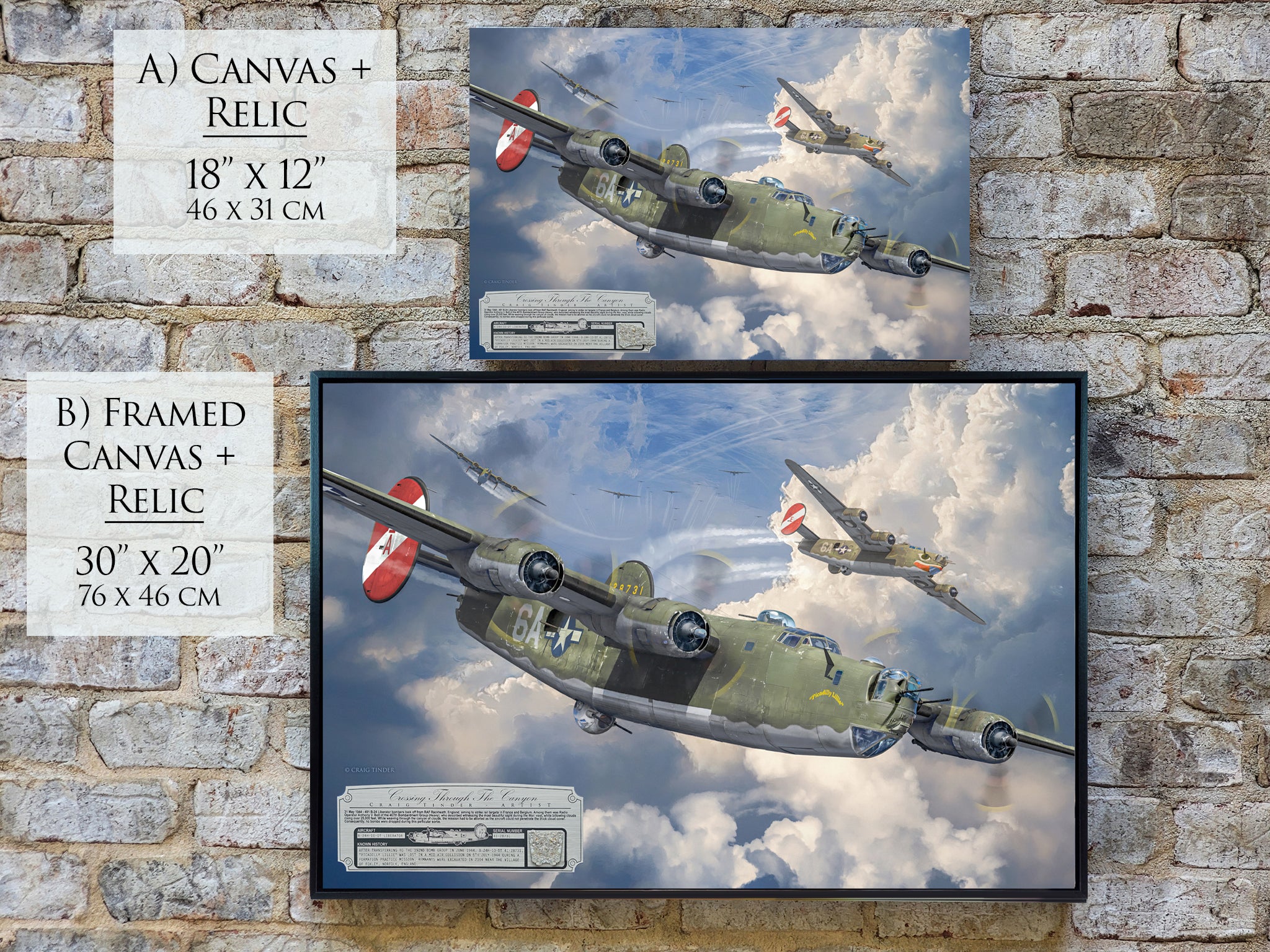
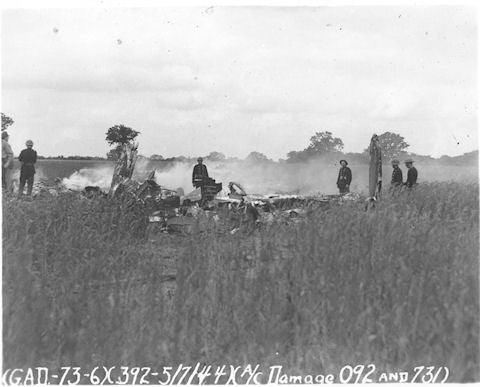

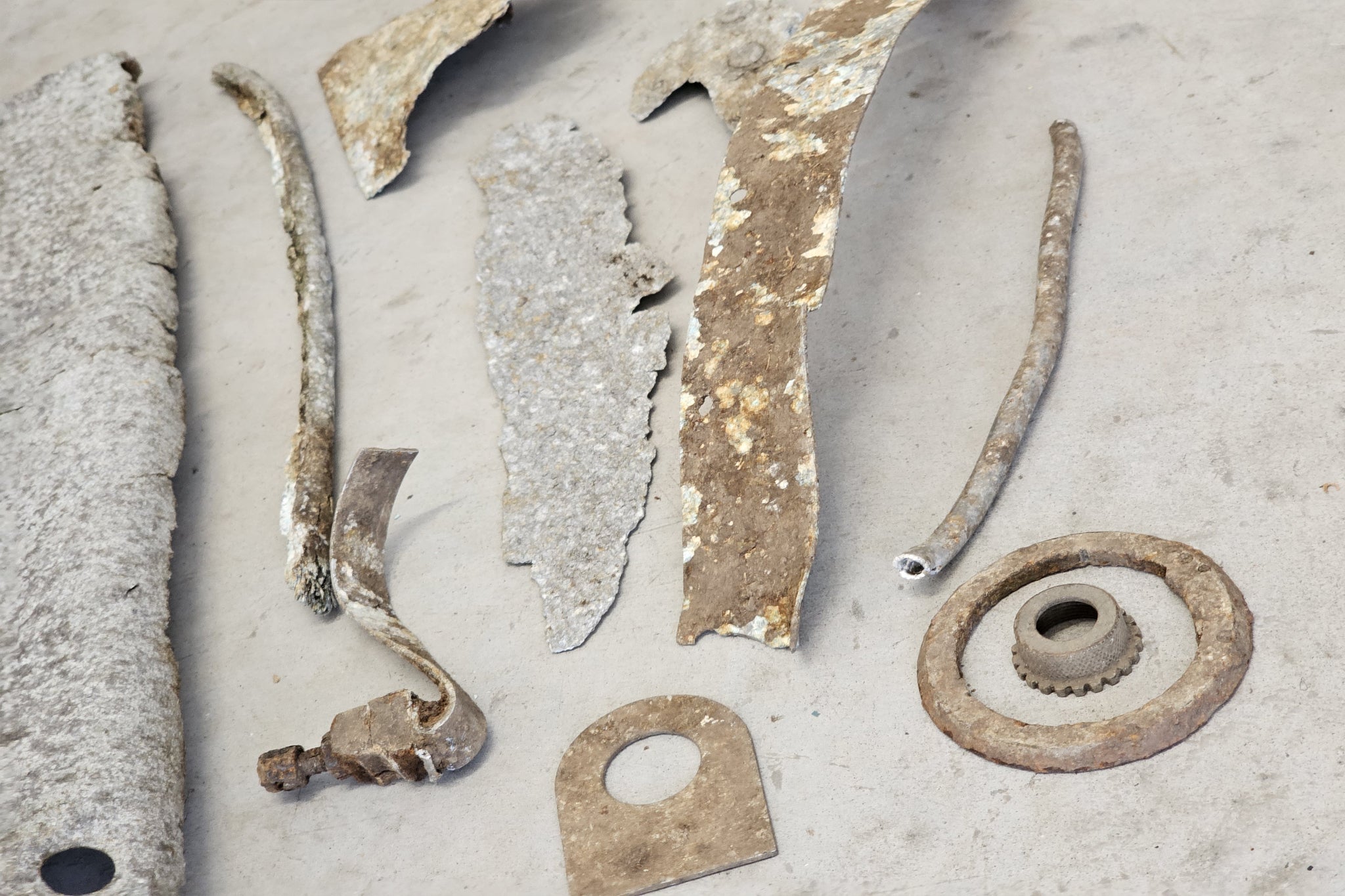


Crossing Through The Canyon - B-24 Liberator Canvas | INCLUDES: Aluminum and Engine Parts

Crossing Through The Canyon - B-24 Liberator Canvas | INCLUDES: Aluminum and Engine Parts
If you have any questions, you are always welcome to contact us. We'll get back to you as soon as possible, within 24 hours on weekdays.
Shipping Information
Use this text to answer questions in as much detail as possible for your customers.
Customer Support
Use this text to answer questions in as much detail as possible for your customers.
FAQ’s
Use this text to answer questions in as much detail as possible for your customers.
Contact Us
Use this text to answer questions in as much detail as possible for your customers.
Description
About the Relic & Process
These aluminum remnants come from the B-24H-10-DT 41-28731, a bomber from the 392nd Bomb Group that was tragically lost during a formation practice mission on 5 July 1944. The aircraft was involved in a mid-air collision near the village of Foxley, Norfolk, England.  Crash site of B-24H-10-DT 41-28731
Crash site of B-24H-10-DT 41-28731
On the day of the incident, the 392nd Bomb Group participated in a large-scale practice mission, involving multiple combat wings. The goal was to improve formation flying and bombing accuracy, as new crews and element leaders honed their skills for combat. The planes were to simulate a bombing run over the Suttonbridge airfield, flying at an altitude of 14,500 feet. 41-28731 was one of 36 planes from the 392nd Bomb Group taking part in this exercise.
The relics include fragments of outer aluminum and engine components and were recovered in 2004. Ground dug relics from B-24H-10-DT 41-28731
Ground dug relics from B-24H-10-DT 41-28731
Disclaimer
By purchasing from Aces In Action, you acknowledge that the product may vary slightly from the images on our website. We use authentic materials from military vehicles and relics, which may contain potentially hazardous substances. These items are not intended for ingestion, inhalation, or use by children. Aces In Action is an independent company, unaffiliated with or endorsed by any other organization. All names, logos, and trademarks are the property of their respective owners and are used for identification only, in accordance with the Lanham Act. Their use does not imply any official endorsement.
